July 12, 2017
How toy making inspires a surprising approach to technical problem-solving
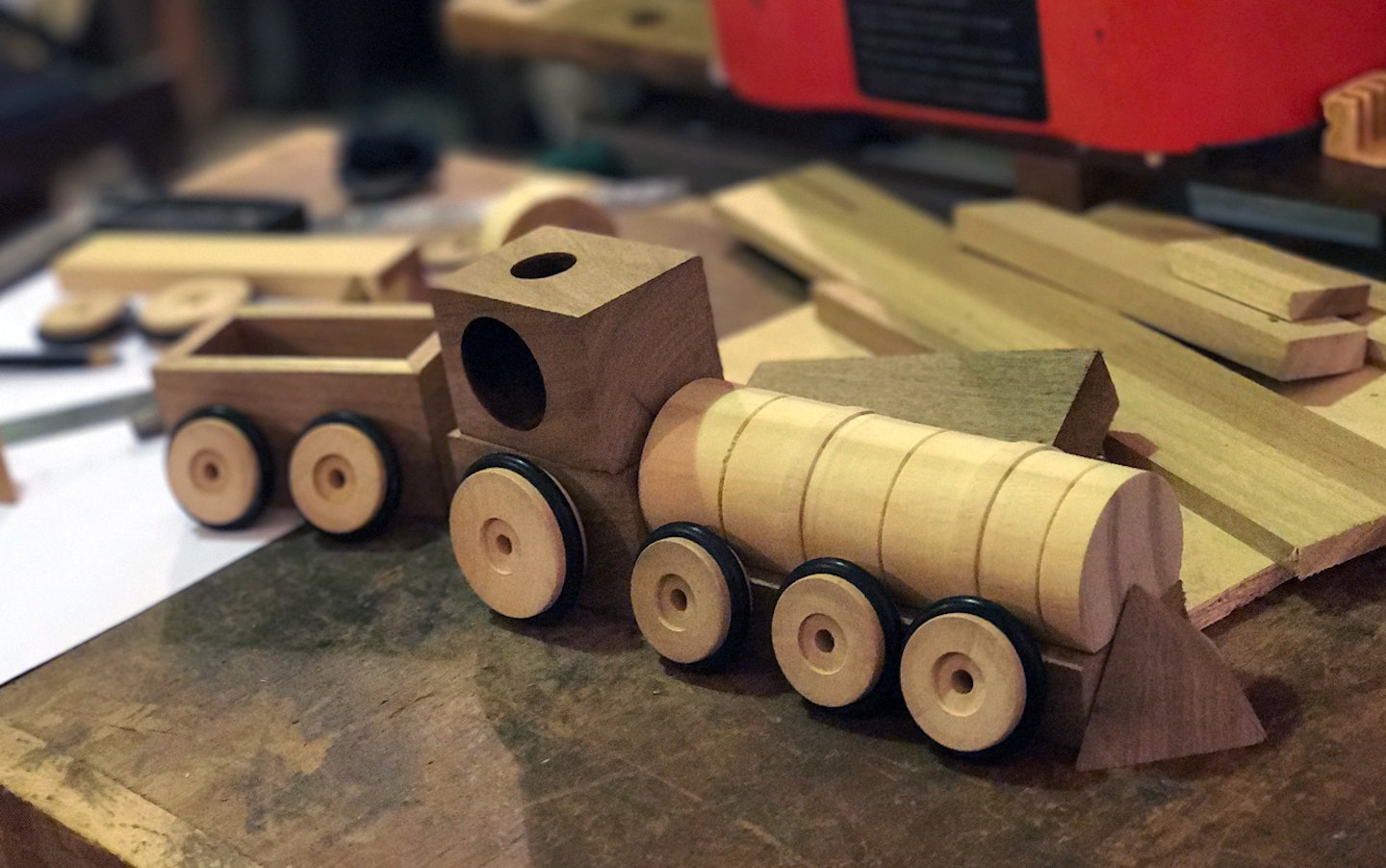
A recent VAWAA experience introduced two Buenos Aires citizens from different professional worlds.
Bruno Rovagnati and Gonzalo don’t have much outwardly in common besides the city they both call home, Buenos Aires.
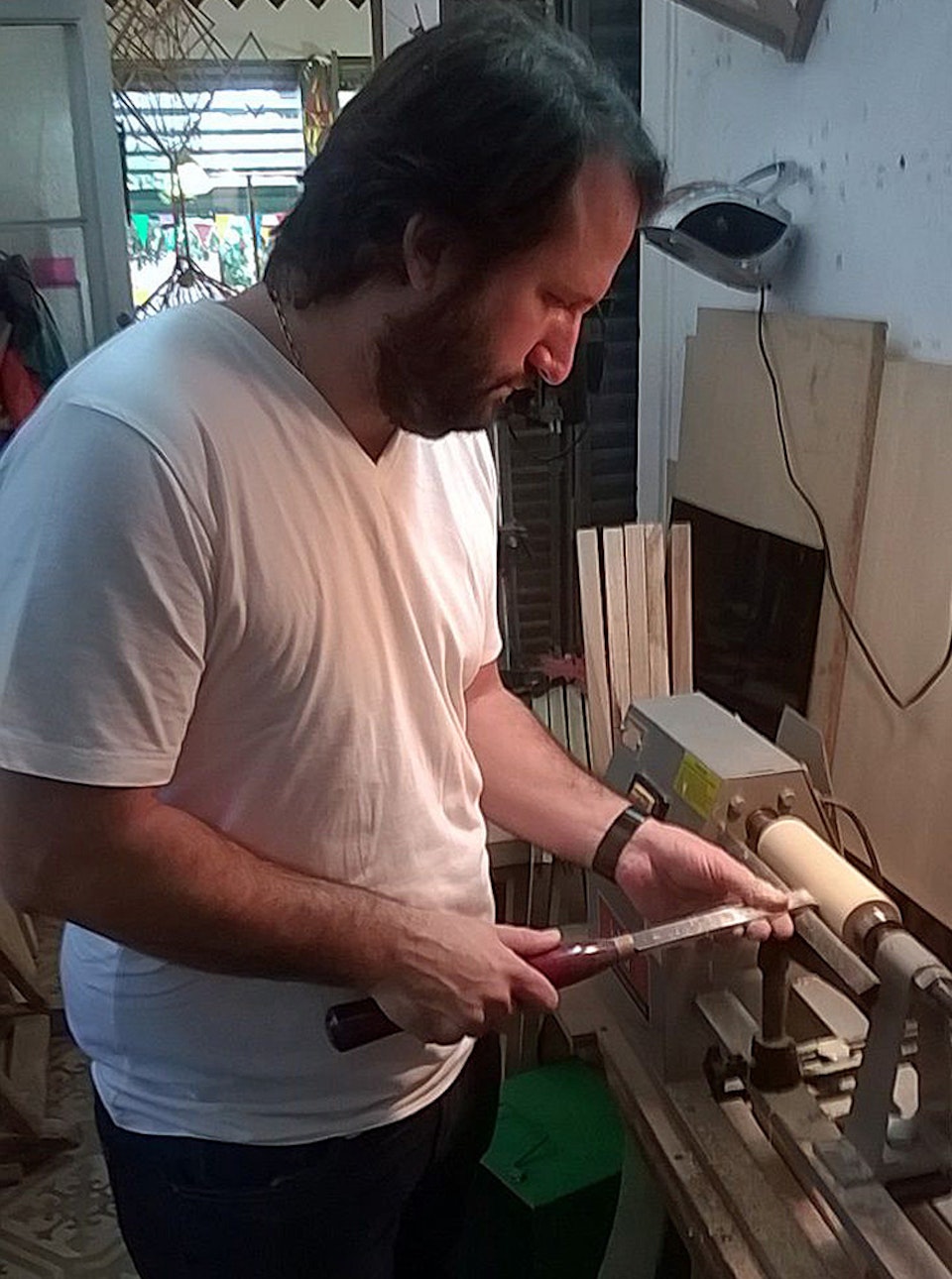
Bruno during his VAWAA with Gonzalo. Courtesy of Bruno Rovagnati.
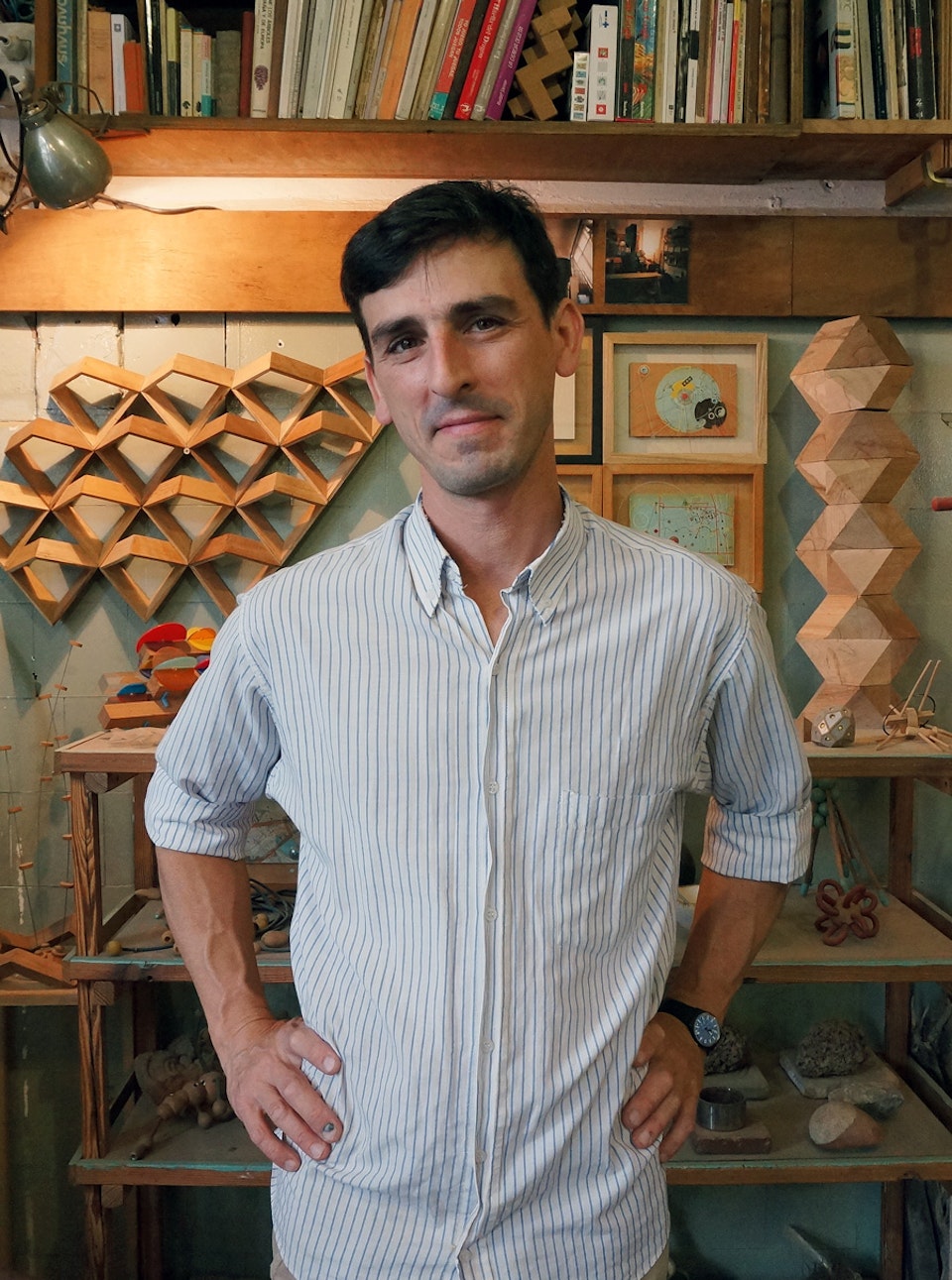
Wood Toy Designer, Gonzalo.
Bruno, who is the SVP Managing Director for Latin America of advertising agency R/GA, has traditionally held technical roles throughout his career. Though he admires Buenos Aires as a city full of globally inspired creativity—French architecture, street art, and a rich history of local Argentine makers and shapers—the “art world” isn’t the city’s scene with which he’s most familiar.
Gonzalo, on the other hand, is a graduate of fine art school. His preferred medium to work with is wood, and he’s crafted toys and furniture in his BA-based studio that have been displayed in exhibits around the world. When it comes to toy making, Gonzalo eschews a traditional, solution-based technique of starting with any preconceived notions of an end product. In other words, he often begins a project without knowing what he’s actually making.
This, explains Bruno, was somewhat of a foreign concept; as a professional with a background in software engineering, Bruno rarely starts a project without a concrete end goal in mind.
Despite their differences in lifestyle and career, the pair forged a bond several months ago when Bruno spent a few days in Gonzalo’s studio, learning the art of toy making. Though Bruno calls himself a casual collector of toys—primarily airplanes, boats, ships, etc.—he hadn’t previously known much about what goes into the artform.
He was drawn to a vacation with Gonzalo to learn more. As a builder himself—“Since I can remember, I was always building things,” he says—Bruno thought the time in Gonzalo’s studio might prove enlightening.
The first day of studio time, says Bruno, the duo spent digging into the history of the artform, the different types of wood with which Gonzalo prefers to work, and the basics of Gonzalo’s creative process. Bruno recalls the lesson: “Gonzalo’s approach is to start with the basics—the forms, proportions. He lays them out and tries to get to a place where he can give meaning to what he’s creating; not the other way around. That was really interesting to me.”
Over the course of the next couple of days, the pair set to work designing what would ultimately become a toy train—a fitting addition to Bruno’s existing collection.
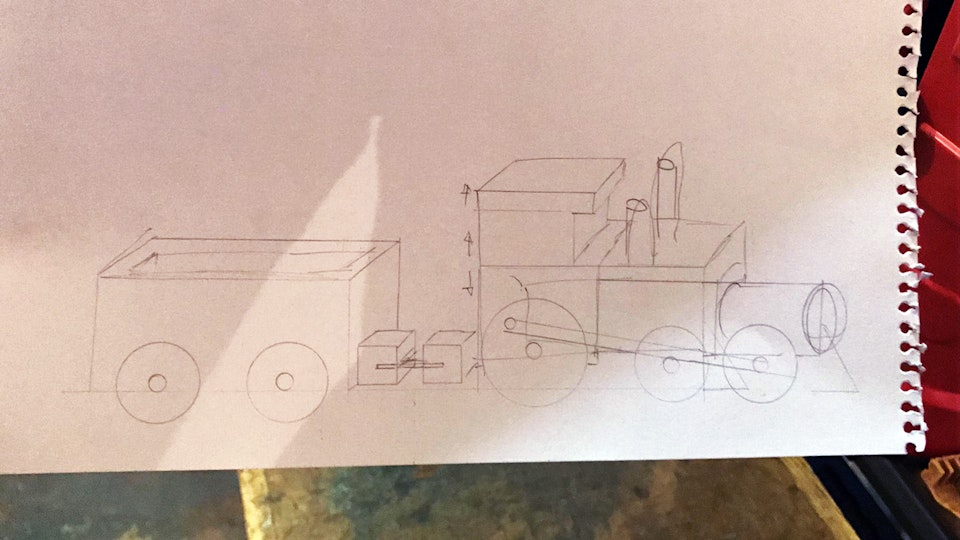
First sketch. Courtesy of Bruno Rovagnati.
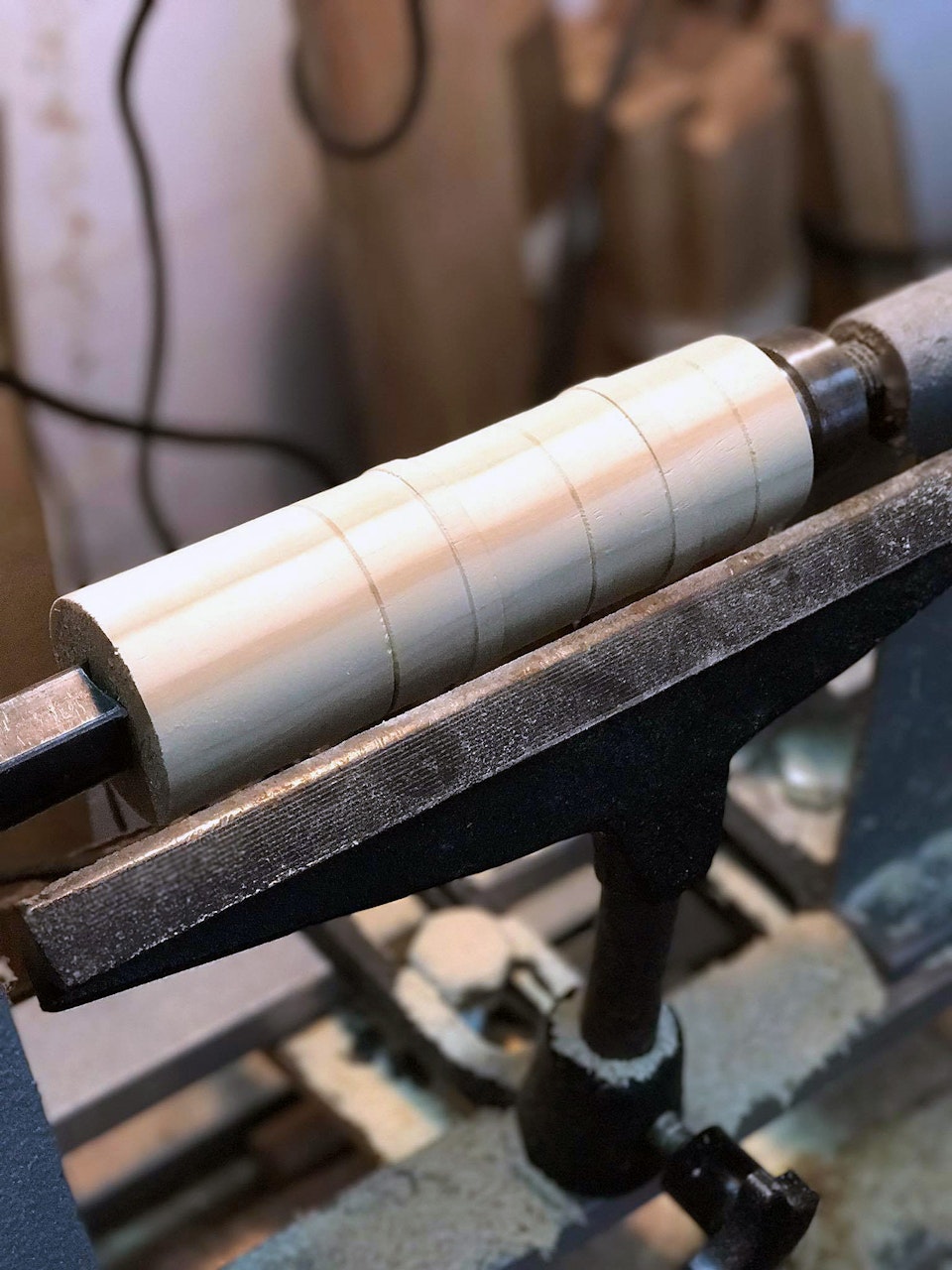
Courtesy of Bruno Rovagnati.
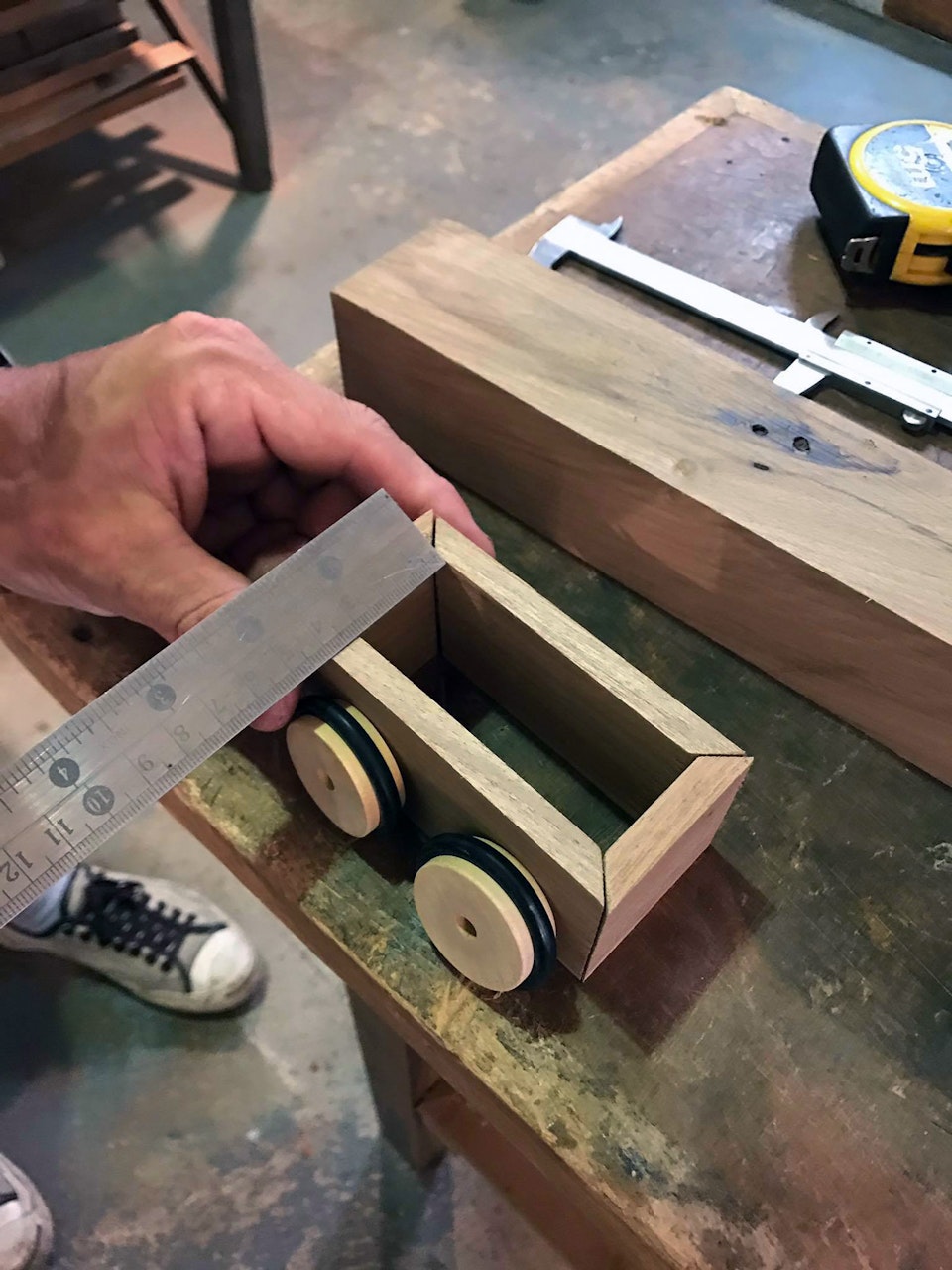
Courtesy of Bruno Rovagnati.
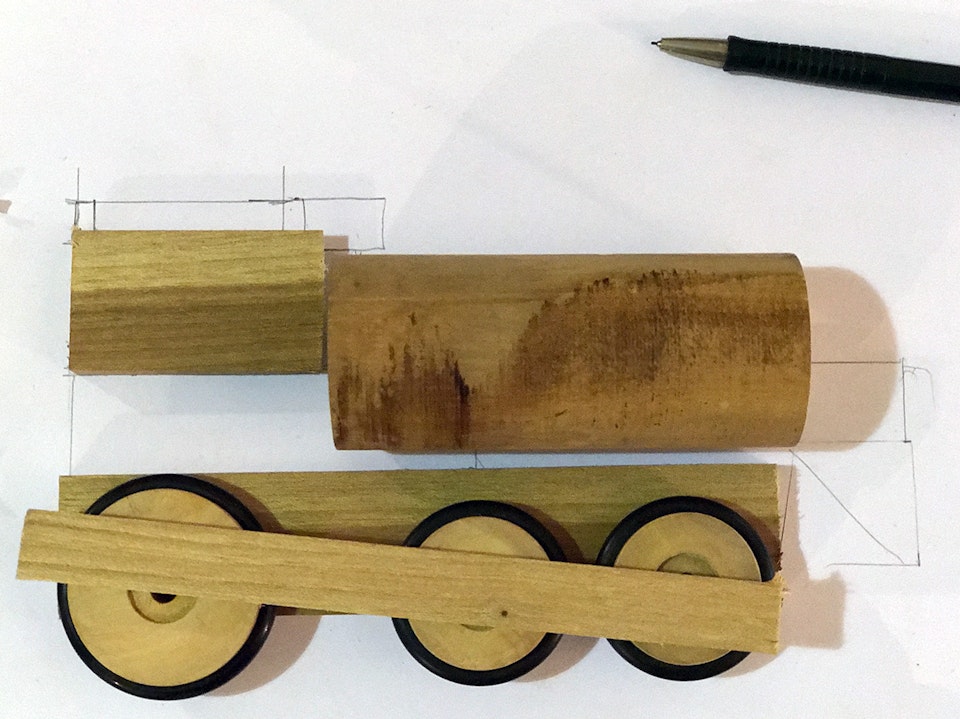
Learn to make your own wooden toys. Courtesy of Bruno Rovagnati.
Overall, Bruno says the project was an intriguing way to discover a new element of the city he calls home. And not only did the vacation (or in this case, a bit of a staycation) help Bruno discover a new flavor of Buenos Aires—but he also takes a creative approach back to his default life and job.
“Personally, I would never have met [Gonzalo] in my regular life,” he says. “It was a different kind of place than where I usually engage, from a business perspective or in my personal time. Gonzalo’s approach, again, to design... It’s a nice way to face a problem. Instead of thinking of a solution, you just start playing, and eventually a solution will come. You can be surprised that it’s not what you were [originally] looking for, but it’s still something new and innovative.”
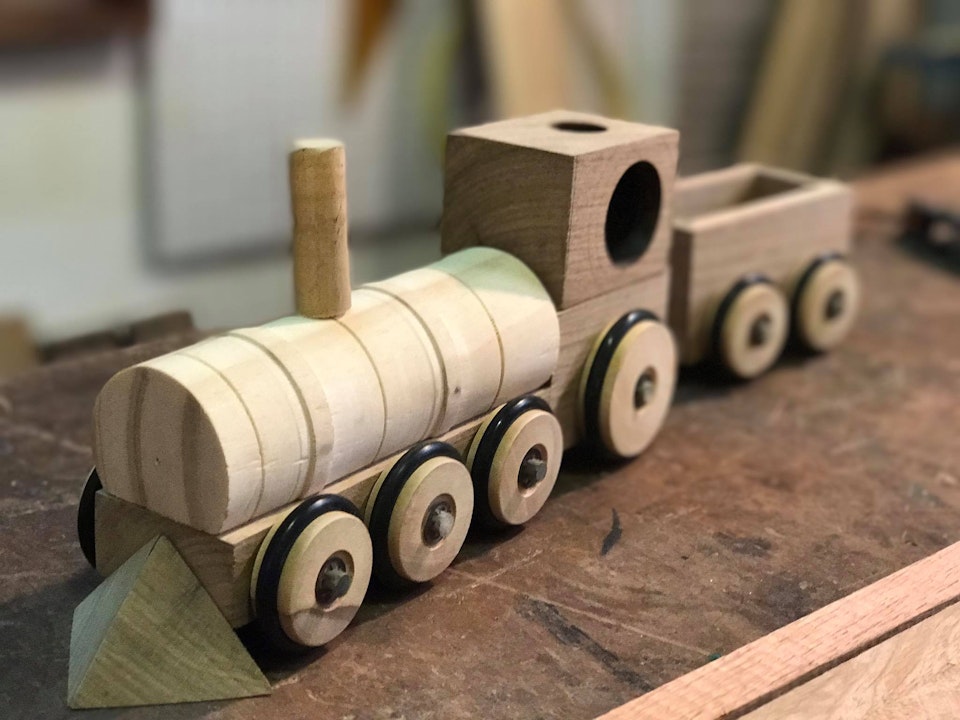
Courtesy of Bruno Rovagnati.
Written by Stephanie Elizabeth
Vacation with Gonzalo in Buenos Aires, Argentina
For more stories and new artist updates, subscribe here.